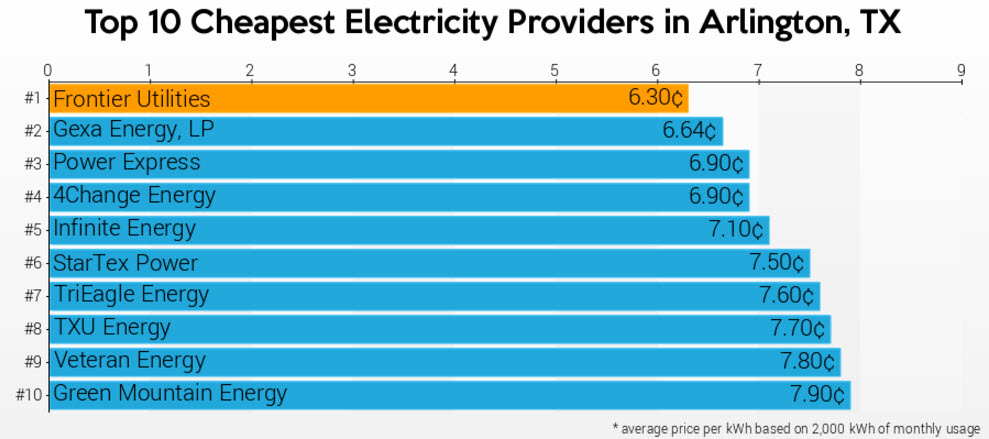Texas elige el poder
Texas' average usage rate per billing cycle is 1000 kWh. Electricity providers sometimes offer incentives to drop electric rates at 1000 kWh. If you exceed 1000 kWh you will receive a bonus. You can either go under or over, and your rate will increase. These misleading practices can lead to you spending a lot more on your monthly electricity bill than you thought. You should always check the EFL before moving to another plan. 2 Rushing to choose a new Plan. The shoulder months of spring and autumn are the most affordable for rates. As demand is low, prices will tend to decrease. This is an ideal time to lock-in low rates. Are electric prices expected to rise by 2021? Prices for electricity are extremely low, at the lowest levels in 5 years. This is unlikely to be the case, as many industry sources predict an increase starting in early 2021. What are the best Texas electricity rates? Please select the usage amount you require. Pick the monthly usage level nearest to you (500, 1000 and 2000 kWh). ... Sort by price View the Plan Details Section. Register with the top electricity company It's your power to decide rates and plans. Now you can compare Texas' electricity rates and plans by deregulating the market. Power to Choose lets you narrow down your search based on location, type and/or plan. Texas is home to many different electric companies. Simply enter your zip code and search for the most competitive rates. However, there are still some companies that offer false plans and misleading information despite deregulation.

